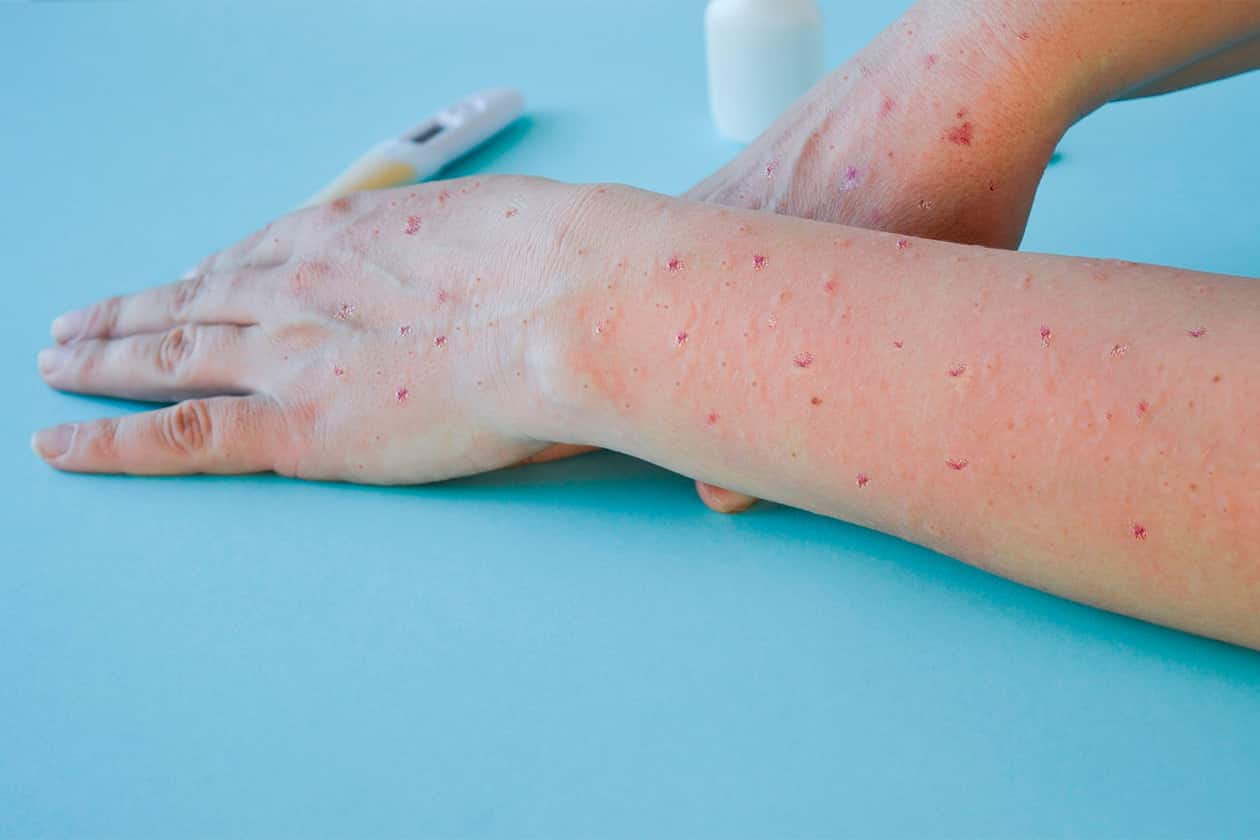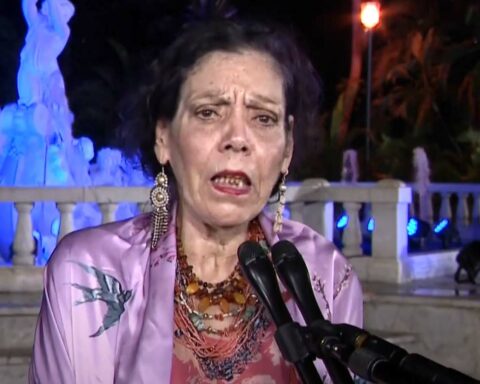Honduras and Panama confirmed this weekend their second and third positive cases of monkeypox, respectively. With these cases, Central America accumulates 11 infections in four of the seven countries in the region, only Nicaragua, El Salvador and Belize are free at the moment.
The case in Honduras was confirmed a day after the Ministry of Health identified the first contagion. As reported, the first was identified on August 12, 2022, in a 50-year-old man, and the second in a 30-year-old man. Both are originally from Tegucigalpa, but they are not related to each other.
“He is in good general condition, with close epidemiological surveillance and without requiring hospitalization,” say the Honduran health authorities.
The Secretary of Honduras recommended to the population that if they have a fever, swollen glands and skin lesions, go immediately to the nearest health center to prevent the spread of the virus and reinforce biosecurity measures such as frequent hand washing, with soap and water or use of alcohol-based gel, use of a mask and physical distancing.
In Panama, the third case was reported in a 33-year-old man who had contact with a foreigner. This presented the first symptoms on August 7; two days later he showed skin lesions; and on August 12 he went to the Artemio Jaén health center, where the samples were taken. The patient is in home isolation.
The first case was identified on July 5, 2022, it was a 30-year-old Panamanian who had contact with European visitors. The second was a 33-year-old patient who was infected on a trip abroad and after confirming that they had contracted monkeypox, he went to get tested and tested positive.
Monkeypox infections have increased in recent weeks. According to the Pan American Health Organization (PAHO), as of August 11, 14,925 monkeypox infections were confirmed in the Americas. Likewise, there are 138 suspected cases and two deaths related to this epidemic have already occurred: one in Brazil and one in Peru.
The countries of this continent that report the most cases are the United States (10,360), Brazil (2,458), Canada (1,012), Peru (632), and Mexico (147).
Guatemala ruled out six suspected cases
On Wednesday, August 10, Guatemala confirmed its third case. It is a 38-year-old man, originally from the capital, according to the official statement, the authorities are investigating whether he is related to the first two infections.
The head of the National Health Laboratory, César Conde, also confirmed to the media that so far they have taken 10 samples of suspected cases, of these three have tested positive, six negative and one is pending.
The contagion was reported on August 3, in a 31-year-old man, who was in contact with a foreigner. This case was confirmed on July 27, but it was not until seven days later that the authorities publicly reported it. says the newspaper Prensa Libre.
The second case was confirmed that same August 3, but was not disclosed until the 4th. It was a 27-year-old Guatemalan. None of these patients required hospitalization.
In Costa Rica, three cases have also been confirmed. The first was reported on July 20, 2022, it was an American who resides in this Central American nation and returned from an infected trip. The second in a 31-year-old national who had contact with the first case.
The third case was confirmed on July 26, it is a 42-year-old Colombian man nationalized in Costa Rica. He did not have contact with the first two, but he has a history of travel to Spain, the second country with the most cases worldwide.
The WHO reports that at least 27,814 and 12 deaths have been reported as of August 7, when the last global report was published. The most affected continent is Europe with 16,495 and two deaths, followed by America with 10,815 cases and two deaths.
Contagious with visible symptoms
The most common symptoms of monkeypox are fever, headaches, muscle aches, back pain, lack of energy, and swollen lymph nodes. Followed by rashes on the face, the palms of the hands and feet, the eyes, the mouth, the neck, the groin, and the genital or anal regions. These can last two to three weeks.
As explained by PAHO, infected people can transmit the virus while they have symptoms. The contagion occurs by having physical contact with the rash or the body fluids of the infected person: liquid, pus, blood or scabs. Also, when coming into contact with clothes, towels, objects and utensils that they use to eat.
There may also be contact through saliva, since the ulcers or sores that appear in the mouth are infectious. Therefore, doctors, family members and partners of sick people are at greater risk.
This epidemic has a low mortality rate, symptoms generally resolve without treatment, but immunosuppressed people are the most vulnerable.
(With information from EFE)








